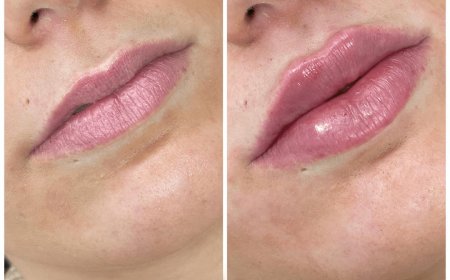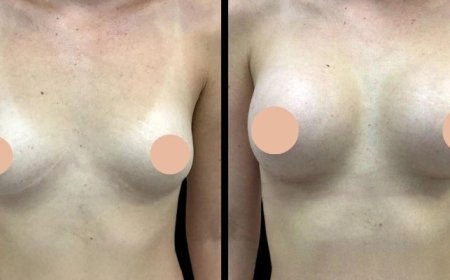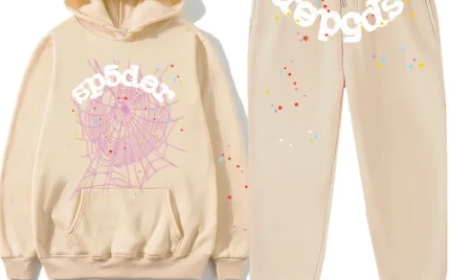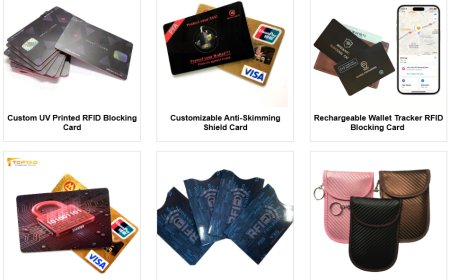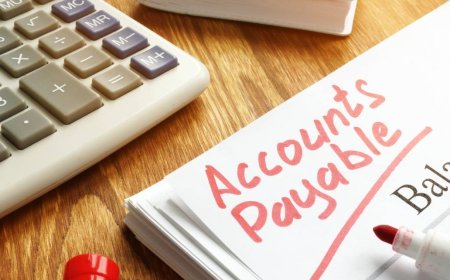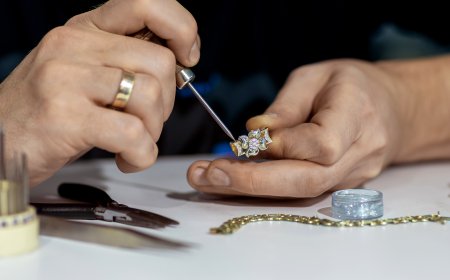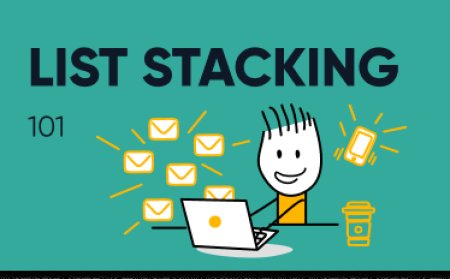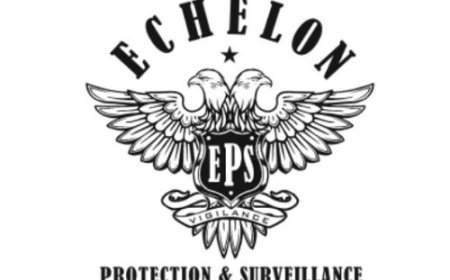What Are the Best Materials for Soap Packaging Boxes?
Explore the best materials for soap packaging boxes that protect your product, match your brand, and appeal to eco-conscious buyers. Discover options like cardboard, kraft, and more.

Youve got a great bar of soap. Maybe its handmade, smells amazing, and has the perfect texture. But heres the thingbefore anyone ever touches that soap, they see the box it comes in. And thats where many businesses either win the customer or lose them.
Choosing the right material for your soap packaging boxes is like picking the outfit your product wears on its first date with the buyer. You want it to be attractive, honest, and a good fit. But with so many options out there, how do you choose?
Lets explore the best materials for soap boxes that protect your product, match your brand, and impress your customers without boring them to sleep.
Cardboard: The All-Rounder That Never Disappoints
If soap packaging materials were people, cardboard would be that reliable friend who shows up, does the job, and doesnt make a fuss. Its sturdy, budget-friendly, and super easy to customize.
You can go minimal with a plain kraft look or dress it up with colorful printing. It holds its shape well, so it protects your soap from getting squished in transit. And for those who care about the planet (which is most buyers these days), recycled cardboard is a great eco option.
Pros:
-
Budget-friendly
-
Recyclable and compostable
-
Works well for printing or stamping
-
Lightweight but protective
Good for: Startups, handmade soaps, eco-conscious brands
Kraft Paper: Earthy Vibes and Raw Charm
Want your soap to say, Hey, Im natural, gentle, and clean before it even gets opened? Go for kraft paper. This material has a raw, rustic feel that fits beautifully with organic or handmade soaps. Its usually brown or earthy-toned, which works perfectly for minimalist branding.
Kraft soap wraps or sleeves also give you flexibility. You can stamp them, write on them, or tie them with twine for that farmers market charm. Just be sure your soap is dry before wrappingits not waterproof.
Pros:
-
Biodegradable and compostable
-
Natural aesthetic
-
Great for wrapping or sleeves
-
Affordable and easy to source
Good for: Artisanal soap makers, farmers markets, rustic-themed brands
Corrugated Board: The Muscle Behind the Look
So your soap needs to travel. Maybe its being shipped across the country, or maybe its part of a monthly subscription box. Thats where corrugated board steps in.
This is basically cardboard with a wavy layer inside, making it tougher and more shock-resistant. While its not usually used for retail display, its perfect for mailing soap or packing multiple bars together.
Pros:
-
Very strong and protective
-
Great for shipping
-
Can be customized with inserts
-
Recyclable
Good for: E-commerce sellers, subscription boxes, bulk packaging
Specialty Paper: When You Want That Wow Factor
Sometimes, regular just wont cut it. Maybe youre gifting soaps or launching a premium line. Enter specialty papertextured, embossed, metallic, or even seed-infused paper that can be planted after use.
These are the materials that catch attention fast. But they also come with higher costs and may require extra care in handling.
Pros:
-
Unique textures and finishes
-
Makes a strong impression
-
Ideal for luxury or limited edition packaging
-
Great storytelling potential (e.g., plantable paper)
Good for: Luxury brands, seasonal promotions, gift sets
Quick Comparison Table: Which Material Fits Your Brand?
| Material | Best For | Eco-Friendly | Customization | Protection Level | Price Range |
|---|---|---|---|---|---|
| Cardboard | Everyday retail packaging | Yes | High | Moderate | $ |
| Kraft Paper | Natural or handmade branding | Yes | Medium | Low | $ |
| Corrugated Board | Shipping and bulk packaging | Yes | Medium | High | $$ |
| Specialty Paper | Premium gifts or luxury products | Sometimes | Very High | Varies | $$$ |
People dont just buy a productthey buy the feeling it gives them. Packaging is your first chance to deliver that feeling. A Packaging Designer Whos Seen It All
What About the Environment?
Its no secretcustomers are watching what youre made of. Literally. If your packaging isnt recyclable or reusable, it could reflect poorly on your brand.
Thankfully, most of the materials above have eco-friendly versions. Choose recycled cardboard, unbleached kraft, or FSC-certified corrugated board if sustainability is part of your brand promise. Mention it on the box toopeople love seeing that you care.
Things to Ask Yourself Before Choosing the Right Material
Still unsure? Here are a few simple questions to guide you:
-
Where will your product be sold? (online, local shops, pop-up events)
-
Will the packaging be seen before the soap is bought? (important for retail branding)
-
How important is sustainability to your audience?
-
Are you shipping long distances or just packing for display?
-
Whats your packaging budget per unit?
Your answers can help narrow down the material that fits both your soap and your story.
Wrapping It Up
The best material for your soap packaging boxes isnt about what's trendingit's about what makes sense for your product, your brand, and your customers. Whether you go with trusty cardboard, earthy kraft, strong corrugated board, or a specialty paper that turns heads, the goal is simple: make your soap look as good on the outside as it feels on the skin.
Choose a material that speaks your brands language. One that protects your product and connects with your customers. Because when your packaging feels right, everything else starts to fall into place.
If you're in the business of making things clean, your packaging should be just as clearhonest, thoughtful, and built to last.





